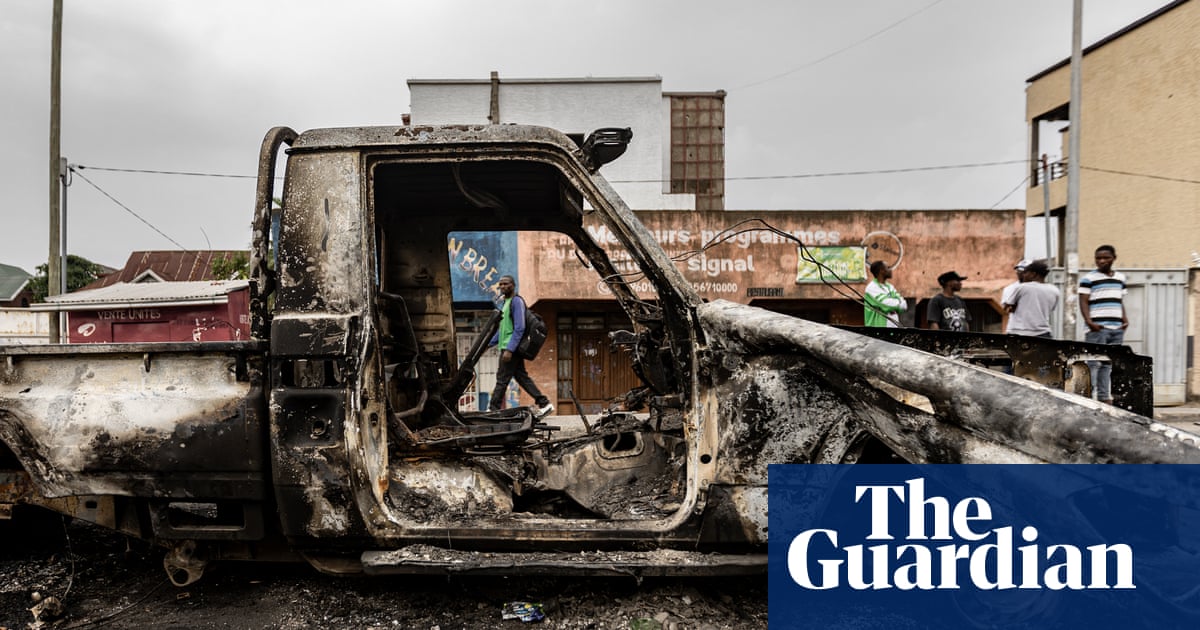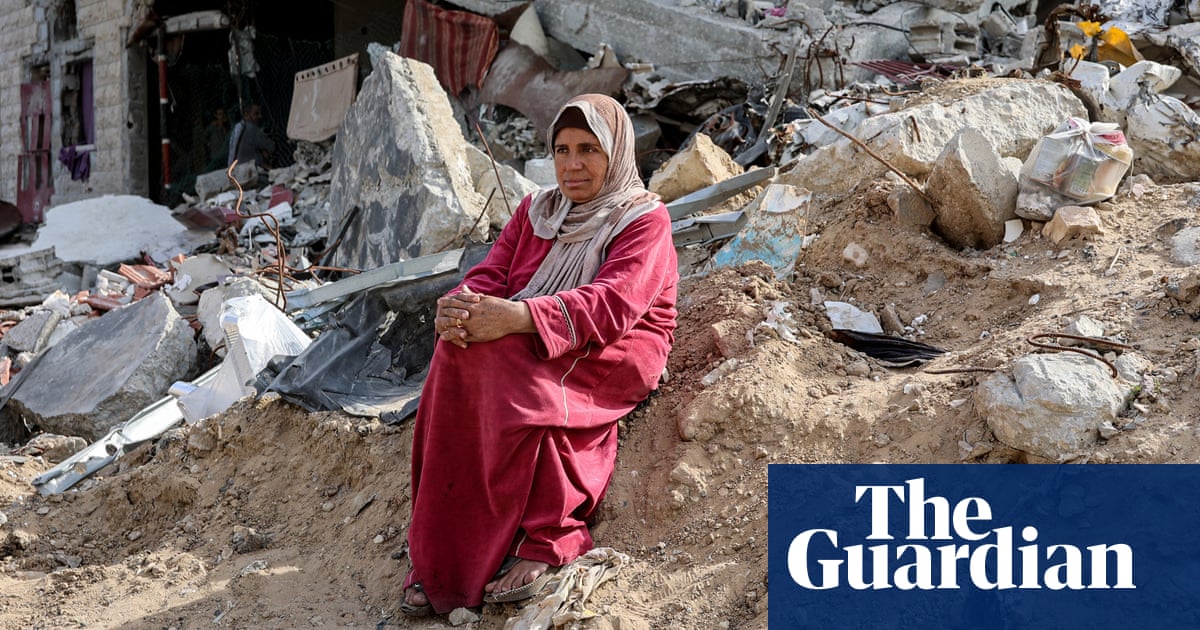People on the Aegean islands, more used in April to the sight and scent of spring’s blossoms, have been left reeling from flash floods spurred by typhoon-strength gales, with authorities calling a state of emergency in some of Greece’s most popular destinations less than three weeks before Easter.
“It’s a total catastrophe and it happened in just two hours,” said Costas Bizas, the mayor of Paros, the island worst hit by weather not seen in decades. “We need all the help we can get.”
On Paros and Mykonos, two of the country’s most visited islands, officials were racing against the clock to complete clean-up operations before the arrival of tourists for the Easter break.
Scrambling to address the chaos after the area’s heaviest rainfall in 20 years, emergency crews on the Cycladic islands and farther south in Rhodes and Crete reported “apocalyptic” scenes. In Paros, people saw cars, motorcycles and beachside restaurant furniture hurtling into the sea as torrential rain flooded shops and homes and turned streets into debris-filled streams. The picturesque port of Naoussa was transformed into a “lake of mud”, local people said, with the sea and land “becoming one”. Large parts of the road network were devastated.

In Mykonos, another hotspot expected to attract thousands of visitors at Easter, hailstorms triggered landslides, with muddy flood waters cascading through its white-washed alleys. Civil protection services urged residents to restrict their movements and stay indoors. In Crete’s port town of Chania, officials spoke of “biblical destruction” as images of flooded streets, hospitals and courthouses also emerged.
Schools on several islands were closed, and inhabitants were still picking their way through silt-strewn streets on Thursday.
Meteorologists said more rain was dumped on Paros over the course of a couple of hours on Tuesday than would normally fall in an entire month. “It’s incredible, really, that there were no casualties,” said one official.
Climate breakdown is causing extreme rainfall to become more common and more intense across most of the world, and flooding has most probably become more frequent and severe in these locations as a result.
But the devastation at tourist destinations that, thanks to the rise in global travel, increasingly draw record numbers has also highlighted Greece’s lack of preparedness in dealing with natural disasters.
Critics have singled out the absence of proper flood management systems, as well as unregulated development on the Aegean islands, which have attracted ever more visitors seeking villas, swimming pools and other high-end services.
“Yes, the rainfall was intense but what turned it into a disaster wasn’t just nature; it was the result of decades of unsustainable construction,” wrote the Greek environmentalist and former MEP Kriton Arsenis.
“Paros has been overbuilt at a dramatic pace. In the past five years alone, it has topped the Cyclades in new building permits, surpassing even Mykonos and Santorini. Villas, hotels, roads and swimming pools have replaced the dry-stone terraces that once held water, slowed down runoff and kept the soil alive.”
after newsletter promotion

In the effort to construct and to cater to ever more tourists, natural gullies had been cemented over, he said. “They no longer hold or filter water. They simply accelerate it – pushing it downhill with force, until it floods homes, or is lost to the sea.”
It was critical, he said, that a way was found in such heavily built environments to absorb, store and release rainwater slowly. “This wasn’t just a flood. It was a failure of planning … [and] this same story is unfolding all along the Mediterranean coast.”
At a time when anger over the impoverished state of public services has also prompted some of the largest protests in years – with hundreds of thousands of Greeks taking to the streets in fury on the second anniversary of the Tempe rail disaster – others bemoaned the lack of state funding on islands whose populations dwindled drastically in winter.
“Not enough money, clearly, is put into civil protection,” said Mykonos’s former mayor Konstantinos Koukas. “To fix that, funds have to stop being allocated based on the permanent population of a place. It’s why we have the scenes we see today, clearing up after a storm when Easter is just a few weeks away.”
The prominent commentator Nikos Syrigos, who hails from the Cycladic isle of Syros, said that despite tourism being the engine of Greece’s economy, the underdevelopment of its islands meant destinations that were “giants in the summer” became “dwarfs in the winter”.
“Streets that have been turned into streams [by this storm] will be turned into them again,” he said this week. “Unfortunately, the Cyclades have remained years behind when it comes to infrastructure and are completely ill-prepared to withstand any intense [weather] phenomenon, much less any that is extreme.”

 17 hours ago
6
17 hours ago
6













































